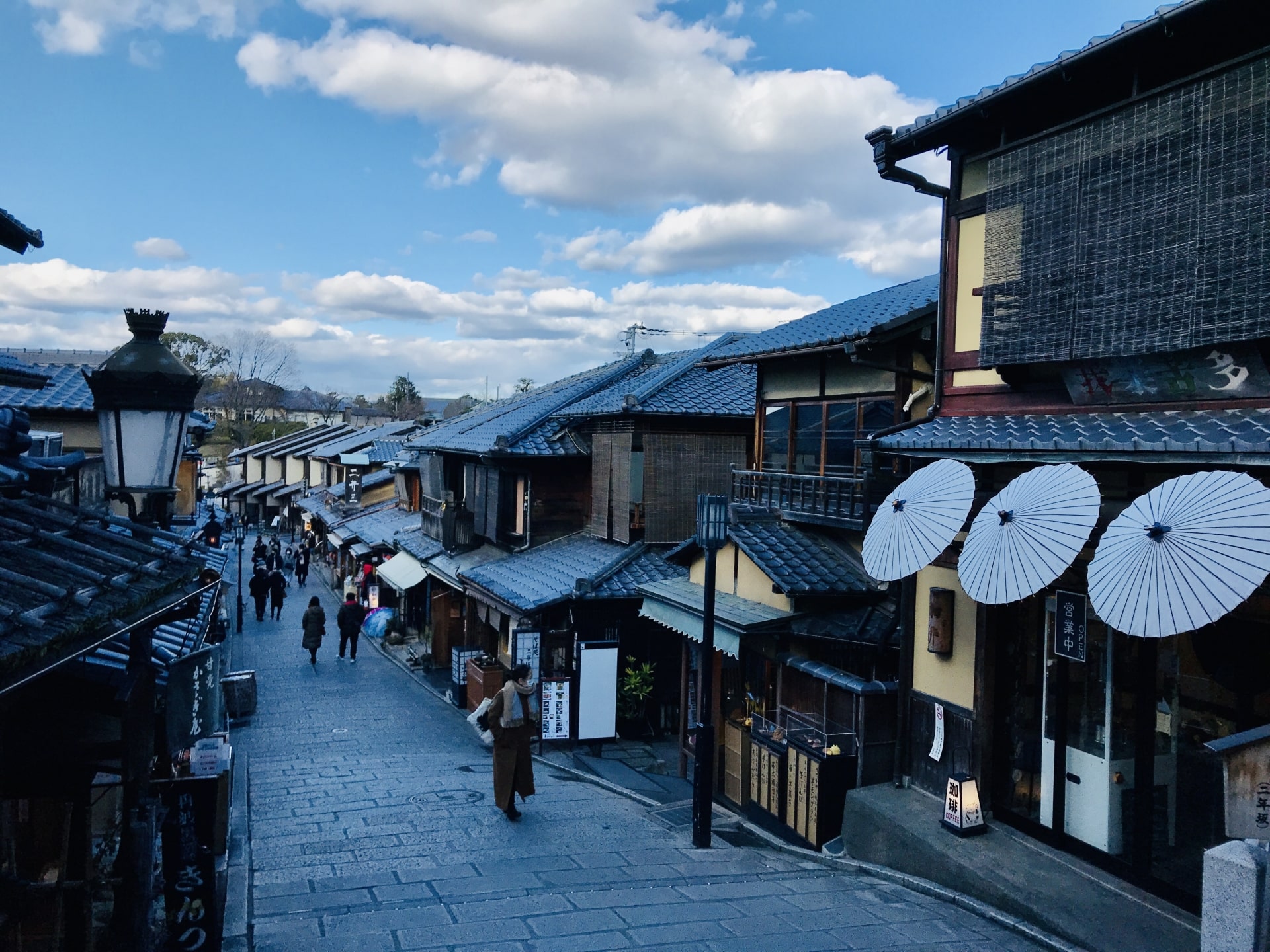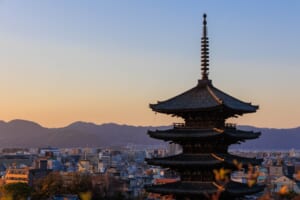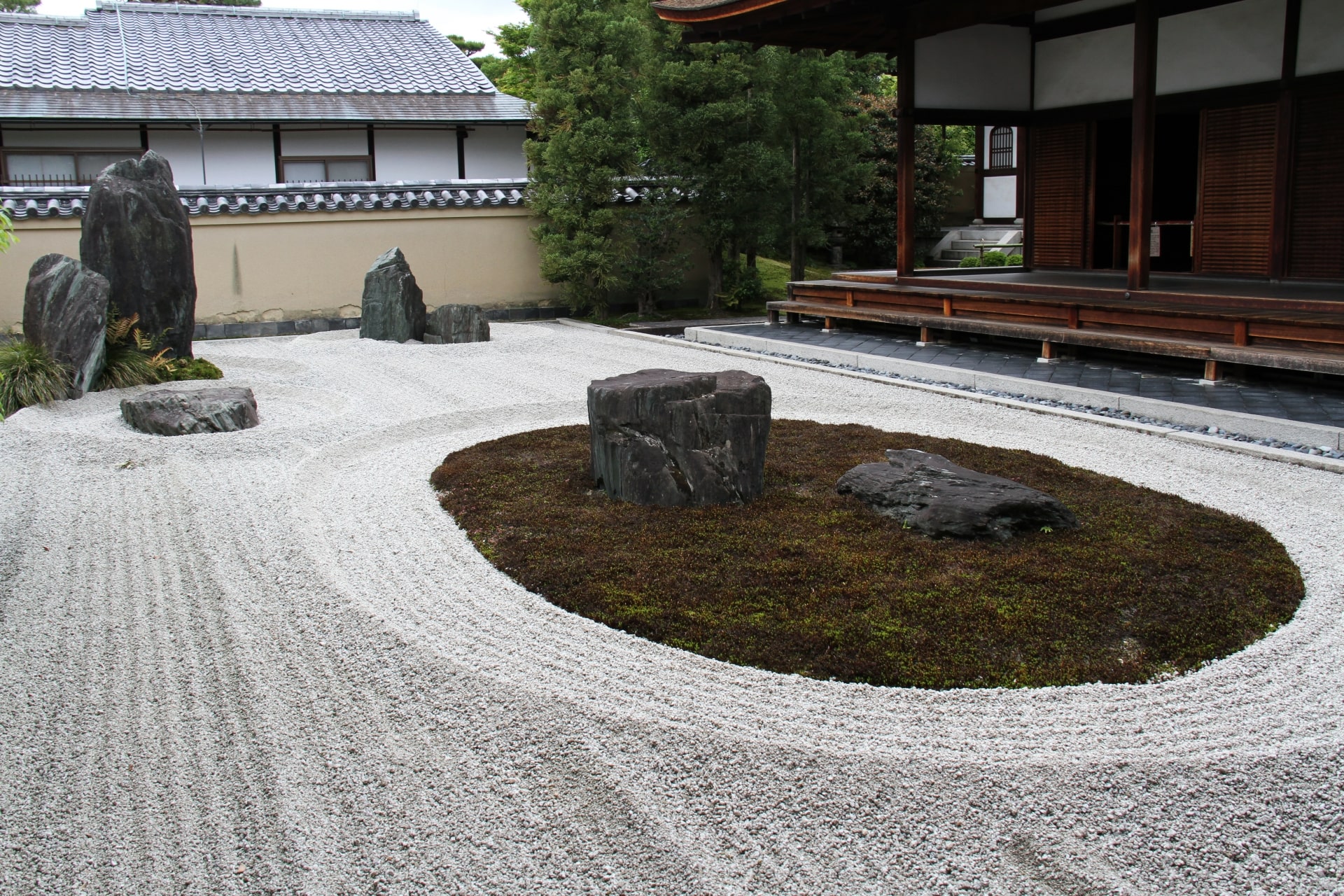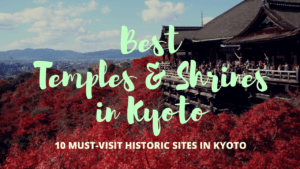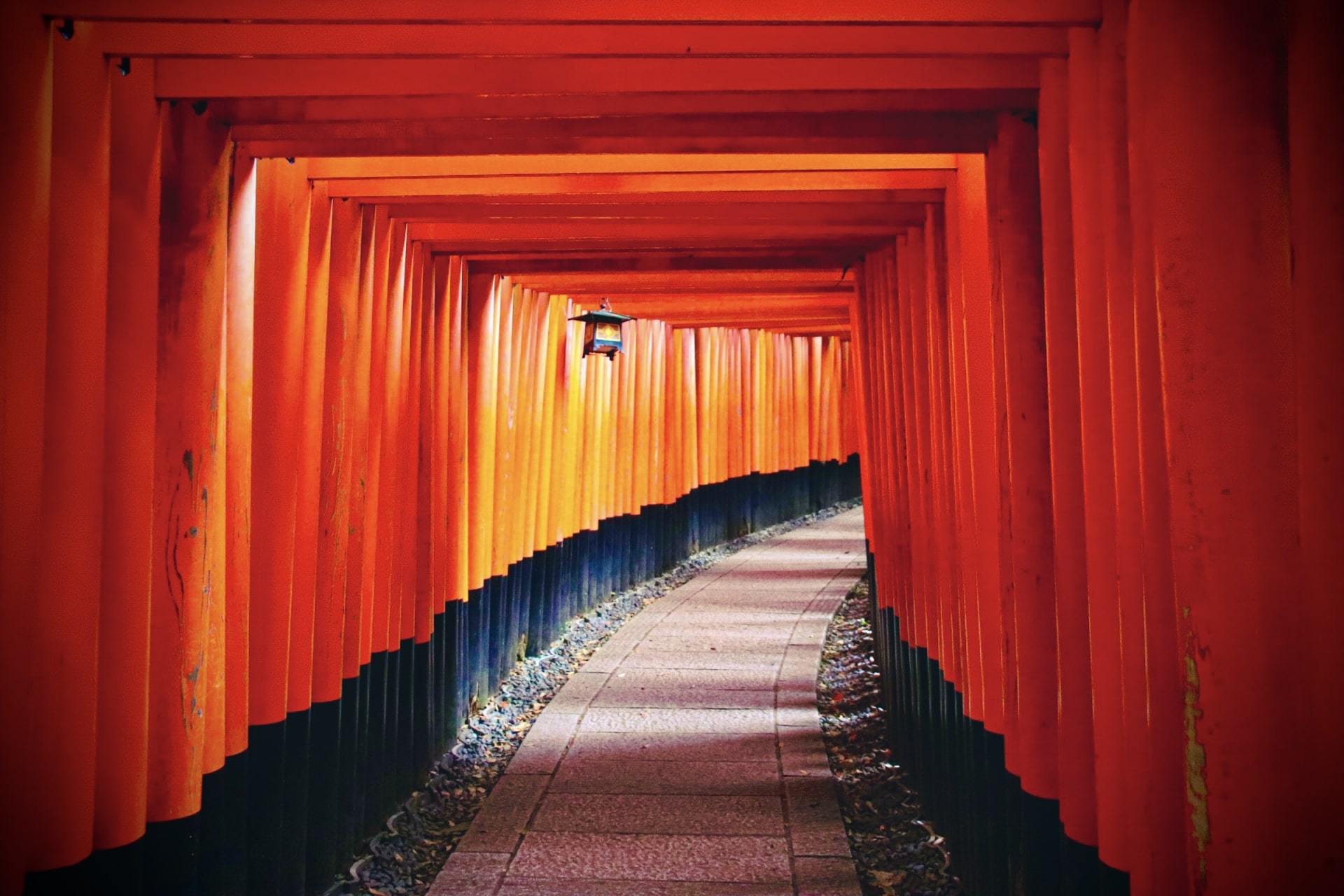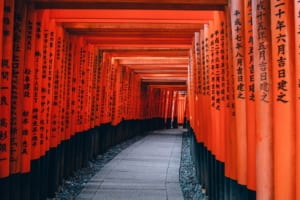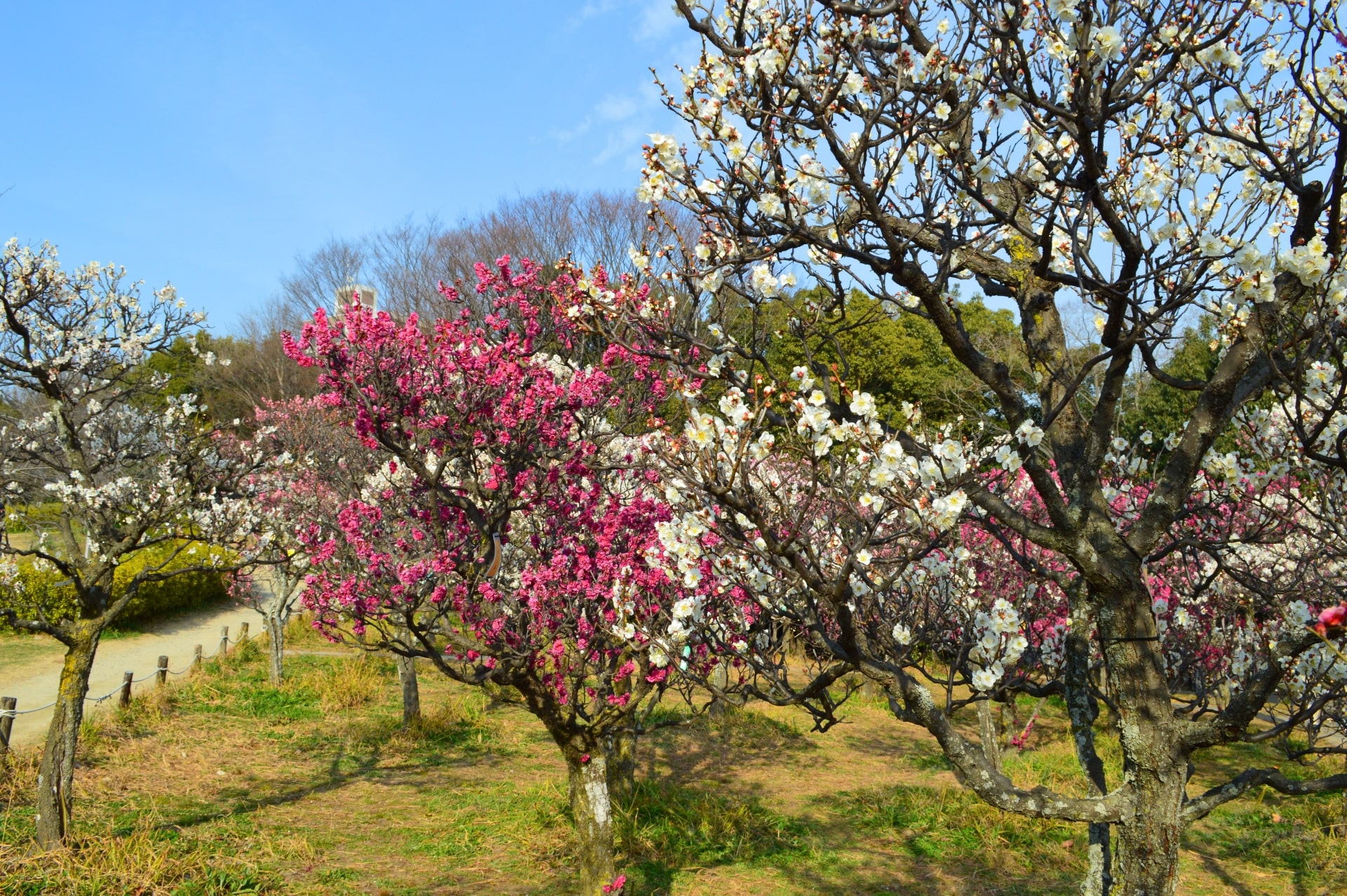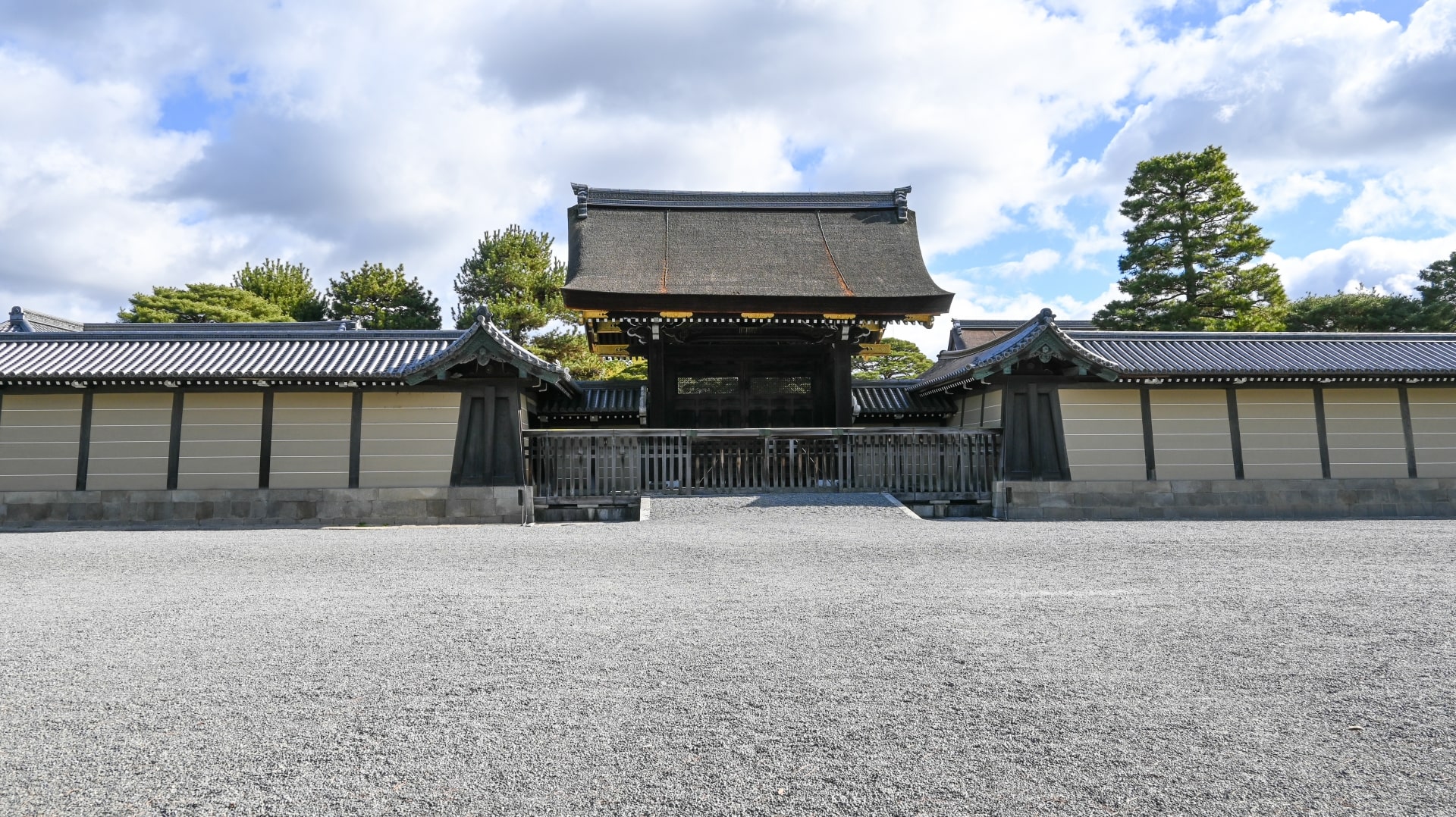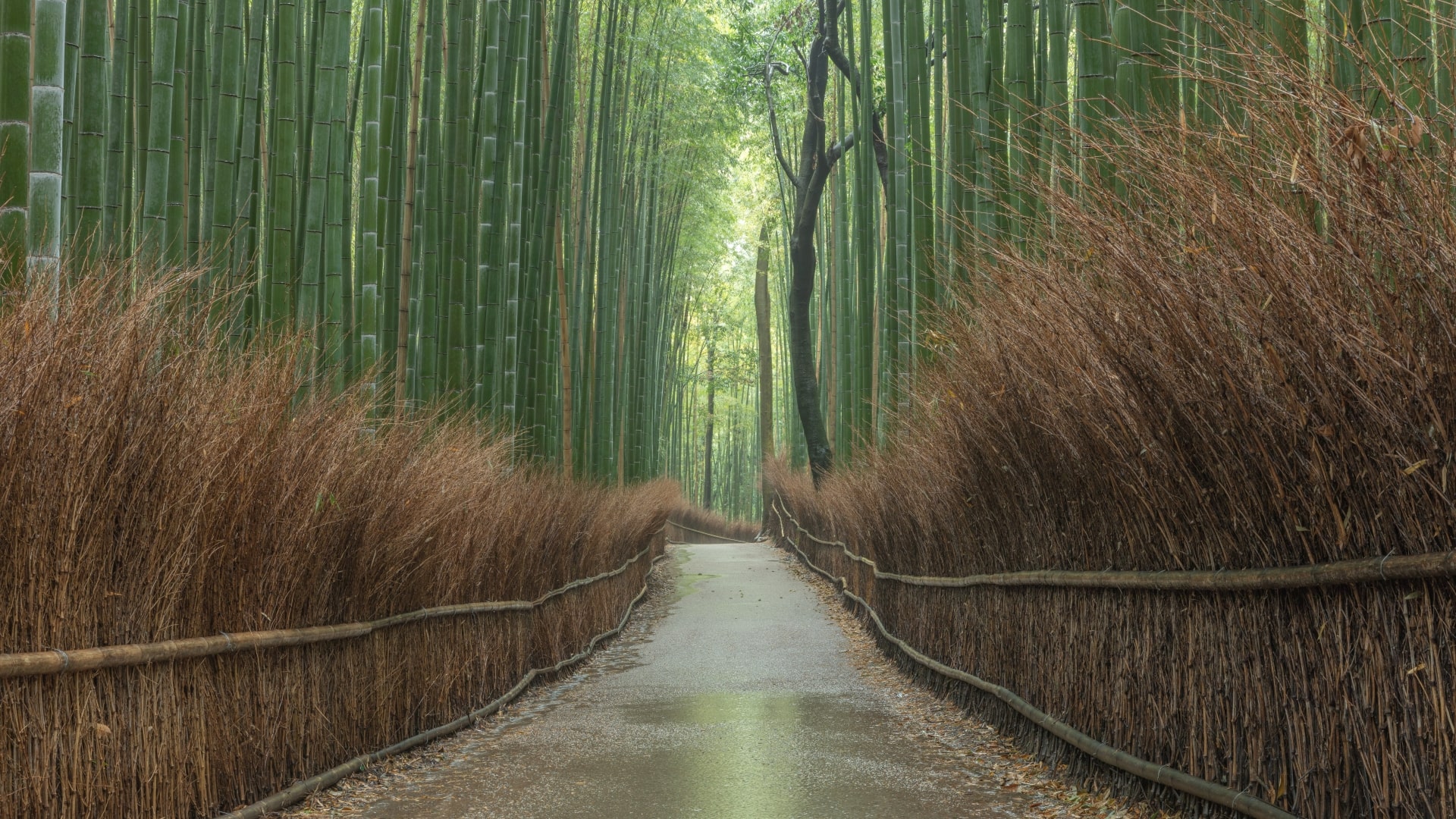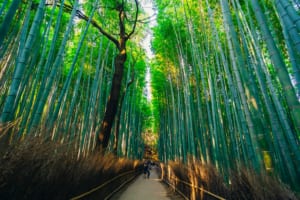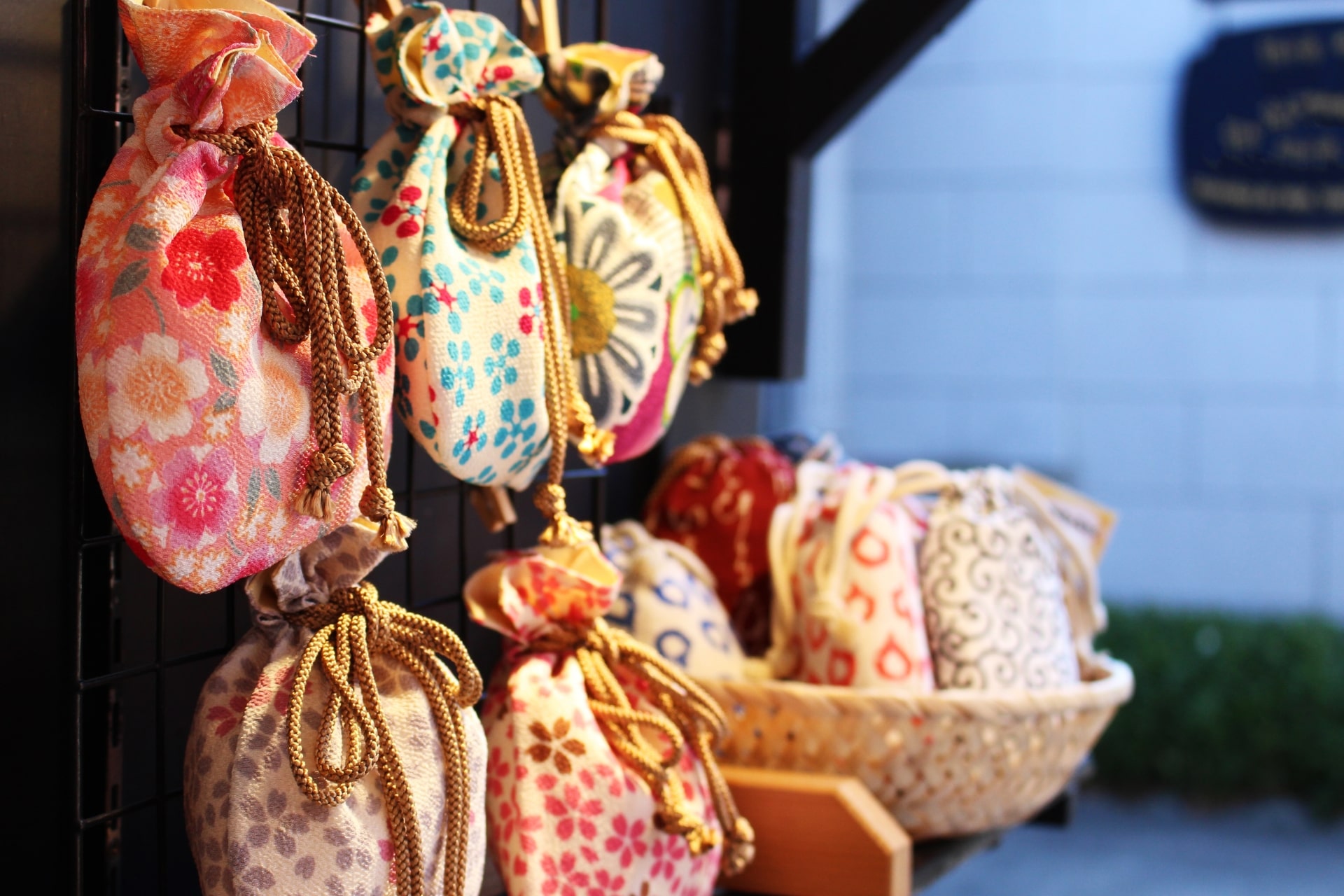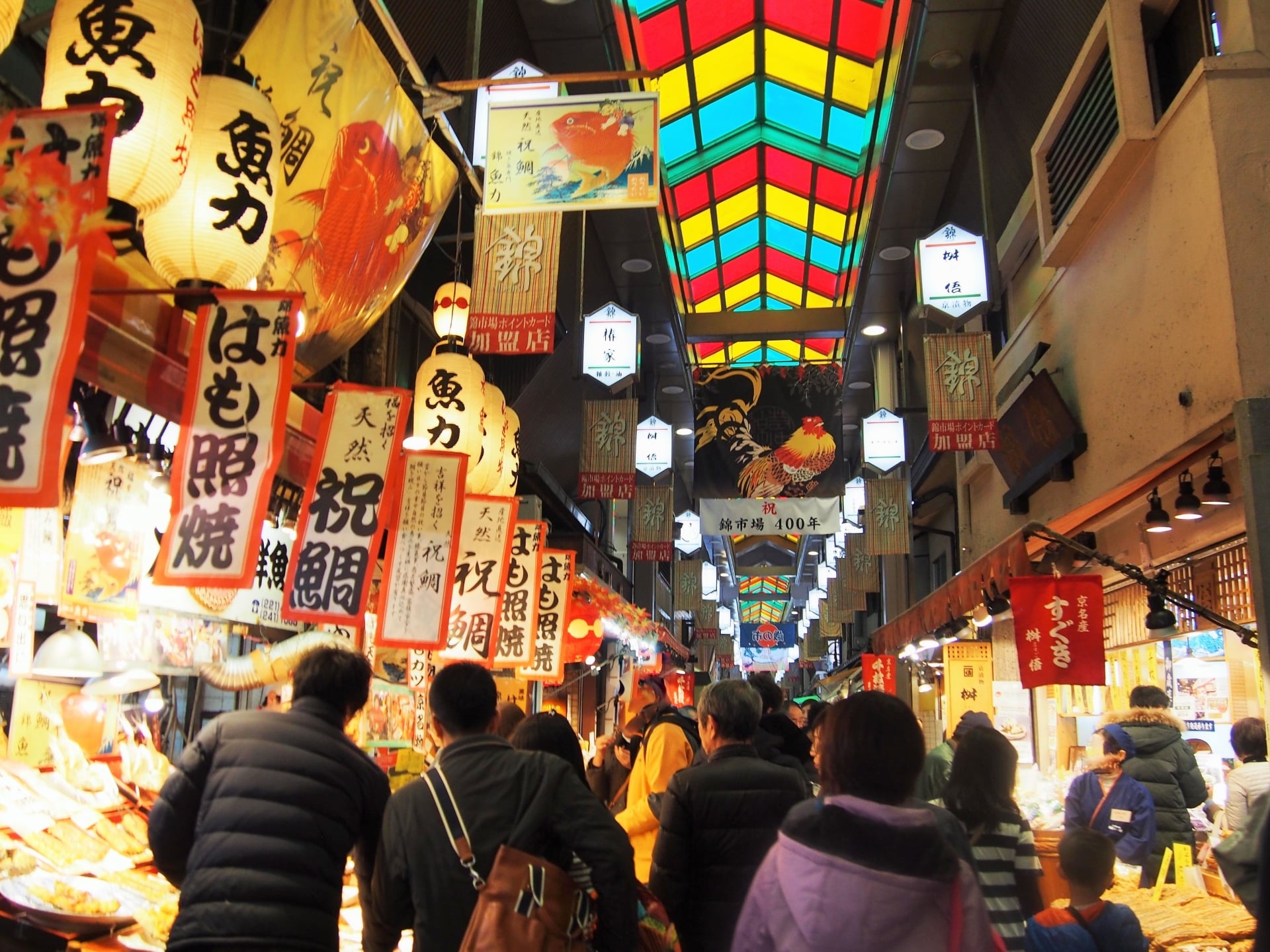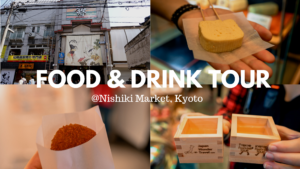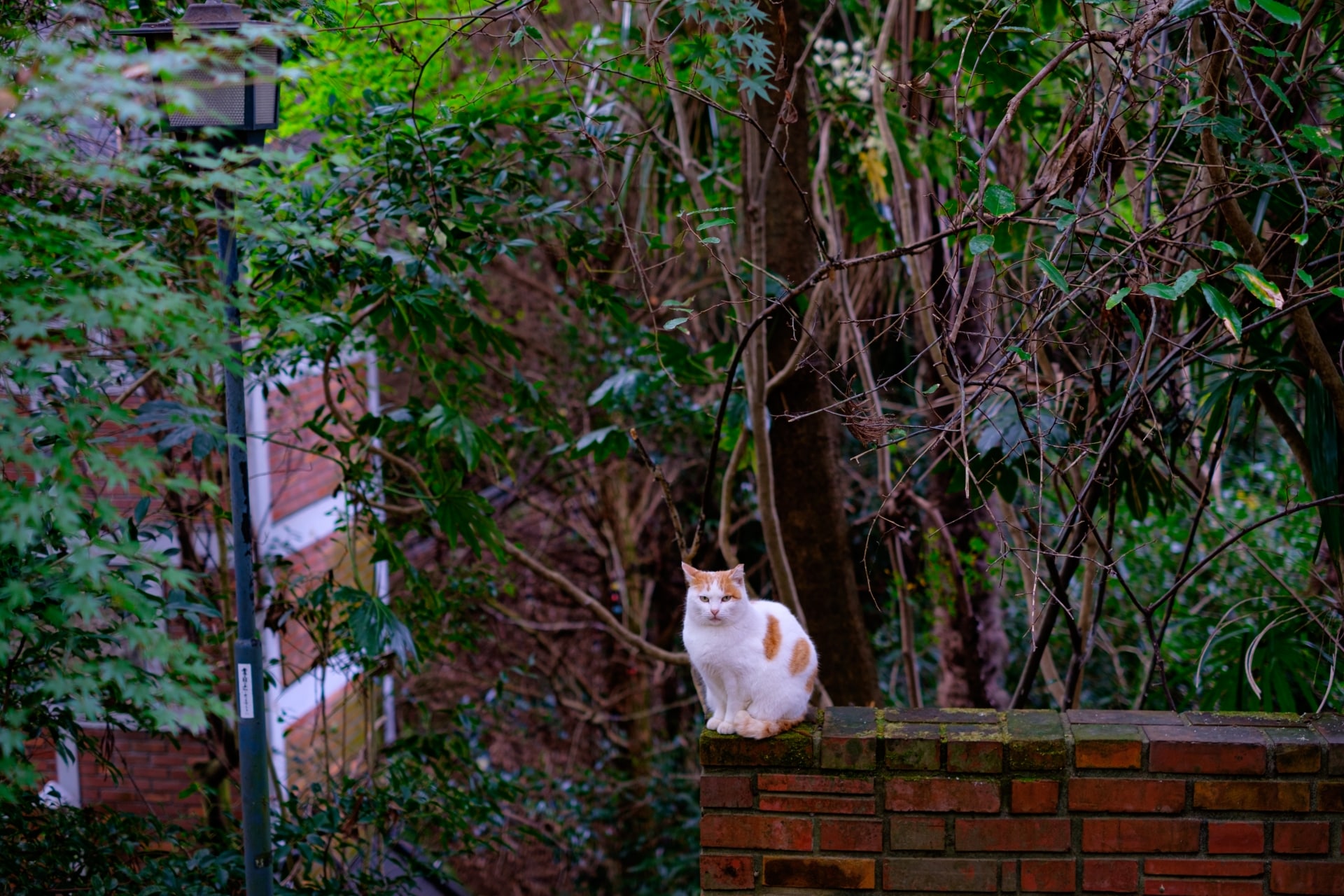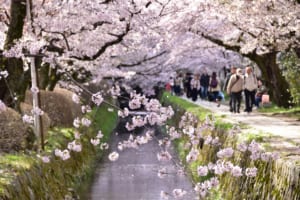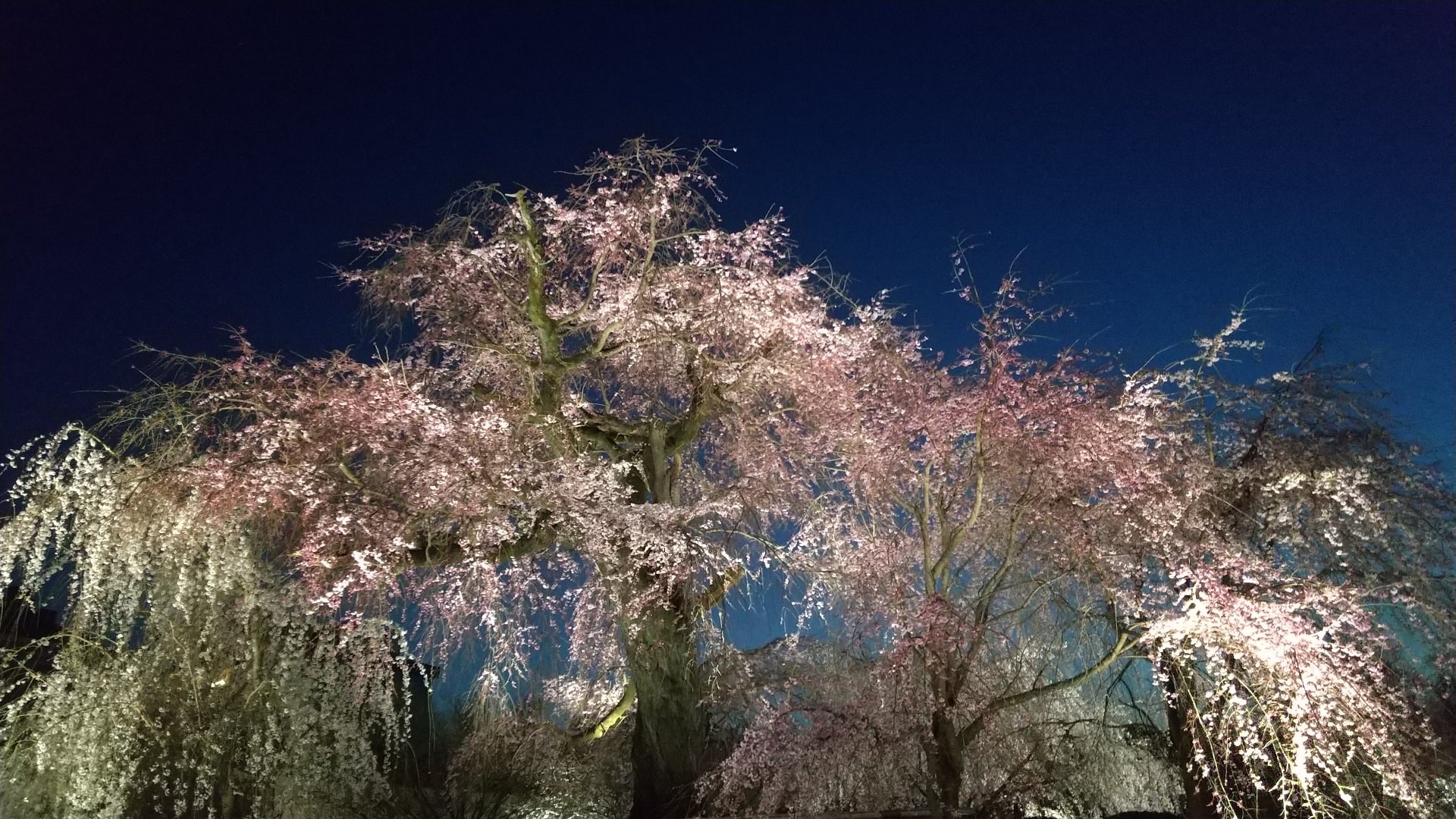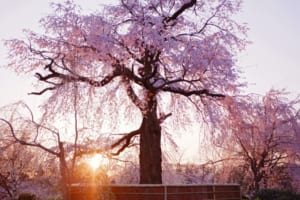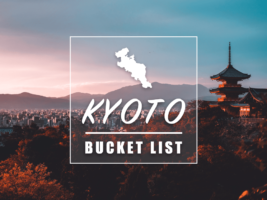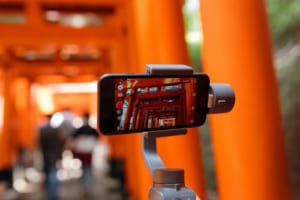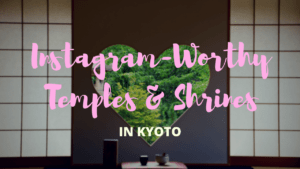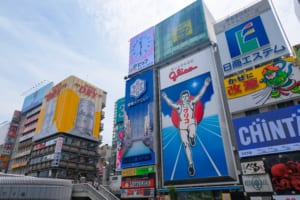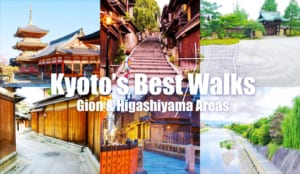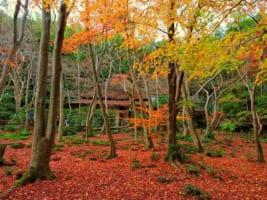10 Best Free Things to Do in Kyoto

Traveling is one of the most enjoyable things in our lives. If we want to go to as many places as possible, however, it costs a lot to use transportation, stay at hotels, and eat food. So finding free but still interesting things to do is important to make your trip satisfying.
Kyoto is one of the best places in Japan where you can enjoy a trip without spending a lot of money. There are many historical buildings and traditional Japanese town views in Kyoto that you can look around and have fun. It costs a bit to get into some temples and shrines but it is free to enjoy many beautiful views on the roads approaching the shrines and temples. The old Japanese town view could make you feel nostalgic. In addition, from seasonal flowers to lively food markets, Kyoto has a variety of things to do and places to visit for free.
Let’s have a look at the 10 best free things to do in Kyoto!!
1. Walking through old Japanese towns
A lot of historical buildings are kept as they were since a long time ago, such as old Japanese houses, temples, and shops in Kyoto. Even if you don’t have any particular destinations, just walking around and looking at the old towns should be fun.
Gion is one of Kyoto’s most attractive old towns in the Higashiyama ward. The area is surrounded by many historical temples and shrines such as Kodaiji Temple and Yasaka Shrine, and well-established restaurants. Many cafes and traditional Japanese restaurants, which were made from renovated old Japanese houses, are located on Hanamikoji Street. Ninenzaka and Sanenzaka towards Kiyomizudera Temple make you feel as if you went back to the early 9th century.
As a memory of your trip, taking a photo of this town view would be great.
2. Temple hopping
Kyoto has the biggest number of temples and shrines in Japan. Moreover, many of them are registered as national important cultural heritage or world heritage.
Nishihonganji Temple is a Jodo Shinshu Buddhist temple in the Shimogyo ward of Kyoto, established in 1951. It has many national treasures. Goeido and Amidado are the main palaces, which have the wooden statues of Shinran and Amida Buddha respectively. The Karamon Gate is a four-legged gate with gorgeous decorative carvings. Its design and vivid color are breathtaking.
Daitokuji Temple is one of the biggest Zen temples in Kyoto. It has a strong relationship with Japanese tea culture. Hojomaeniwa is an amazing Japanese garden made by Tenyu Shoko and is designated as a Place of Special Beauty in Japan. However, the garden is not open to the public all year, so don’t forget to check the opening date before you visit there.
3. Feeling sacred in shrines
There are many historical shrines in Kyoto. Shimogamo Shrine is one of the most popular shrines in Kyoto. It’s famous for the spiritual spot of beauty and love knot. The huge road approaching to the shrine called Tadasunomori is spread in the precincts. It turns into a vivid green tunnel in summer. Kawai Shrine is a spiritual spot of beauty. If you make up on Ema with your cosmetics, it is believed that it makes you beautiful both apparently and internally. Ema is a wooden board that we write down our wishes on and offer at a Shinto shrine.
Fushimi Inari Shrine is famous for its 1,000 Shinto shrine torii gates, called Sembon Torii. People in the Edo period originally dedicated them to a Shinto shrine when they wished or their wishes came true. Now the number of archways is about 10,000. Walking through only Sembon Torii takes about 15 mins. If you want to go to the top of the shrine, however, it takes 1 hour and there are many steep steps. Would you want to try it?
4. Being relaxed in a park with seasonal flowers
Spending time in a park is one of the most relaxing things in our lives. We can do many things there without spending money, for example, reading a book under a tree, having a picnic, and viewing flowers. As Japan has 4 different seasons, there are many seasonal different flowers and plants whenever you visit.
Umekoji Park is a city park, located in Shimogyo ward. It takes 15 mins to get there from Kyoto Station on foot. There is a huge lawn area where you can have a picnic. Cherry blossoms and plums bloom in spring. Vivid green tree streets make you cool down even in summer. A lot of Maple trees turn beautiful red and yellow in autumn. In winter you can see the clear blue sky through the naked Japanese zelkova. Which season is your favorite?:)
5. Exploring Kyoto Imperial Palace and Kyoto Gyoen National Garden
Kyoto Imperial Palace was an old living place of Japanese Emperors from 1331 to 1869 until Emperor Meiji completely moved to Tokyo. It is now open to the public as a historical building. Shishinden is a palace where an important ritual used to be held like an enthronement ceremony. The roof is made with Hiwatabuki, which is a traditional Japanese architectural style. Oikeniwa is a circular Japanese garden with a pond in the center. It shows you seasonal faces such as beautiful green in spring and colorful leaves in autumn.
Kyoto Gyoen National Garden is a national park that is loved by not only local people but people from all over the world. It used to be a residential place for court nobles but after the capital city was transferred to Tokyo in the Meiji period, it was reconstructed as a national park. From the middle of February to the middle of March, more than 130 plum trees dramatically turn red and white. Kyoto State Guest House was established in 2005 as a national facility to welcome foreign dignitaries and offer them experiences to deepen their cultural understandings and friendships. The buildings and furniture are made by craftsmanship representing Kyoto such as Sukiya Carpenter and Nishijin Ori
You can look around both of them for free.
6. Taking a walk along a bamboo pathway in Arashiyama
Arashiyama is one of the most popular tourist areas in Kyoto. Arashiyama is famous for autumn leaves, so more people visit there in autumn.
There is a bamboo pathway for 400 m in length from Nonomiya Shrine to Okochisanso Garden, which is known as Arashiyama Bamboo Grove. Thousands of tall bamboo groves cover the whole area. The vibrant green and leaves rustling in the wind give you a refreshing experience throughout the year. The sunlight pouring through the trees makes a mysterious mood.
7. Learning a professional skill at the Kyoto Museum of Crafts and Design
Kyoto Museum of Crafts and Design is a free entrance museum!!
Kyoto has been the center of traditional Japanese culture for more than 1,000 years. Japanese tea ceremony, flower arrangement, Noh, and Kyogen were grown up in Kyoto and now are spreading all over the world. Kyoto Museum of Crafts and Design has kept the traditional industry, especially originated in Kyoto since 1977. After its renewal in 2020, it started introducing the present artists of the industry and offering them the opportunity to communicate with consumers.
Every weekend, there is a free demonstration by a professional craftsman. The items of traditional handcrafts are changed monthly. You can learn not only how to create the artwork but also how sensitive the work is and how long traditional handcraft has survived till the current days.
 Access Access |
5 mins walk from the Higashiyama Nijo bus stop from Kyoto Station, the bus No.206 |
|---|---|
 Address Address |
B1F Miyakomesse, 9-1, OkazakiSeishoji-cho, Sakyo-ku, Kyoto-shi, Kyoto 606-8343 |
 Business Hours Business Hours |
9:00-17:00 |
 Official Website Official Website |
https://kmtc.jp/ |
8. Strolling through Nishiki Market
Nishiki Market is a popular local market street where various local restaurants and souvenir shops stand in line. It has been loved by local people for more than 400 years. Nishiki Market is called the “Kitchen of Kyoto” because there are a lot of local ingredients such as Kyoto vegetables, fish, Yuba, and wheat starch. Let’s see what Kyoto’s food culture is like. Of course if you find something attractive, it is worth paying for that. However, just looking around is also fun enough.
The arcade design of red, yellow, and green is a trademark of Nishiki Market. It’s also popular as a photogenic spot for SNS. On the shutter of shops, there is a painting of Jakuchu Ito, who was a great painter in the Edo period. His painting features unique coloring, delicate touch, and a mixture of reality and imagination. Don’t forget to take a picture of them.
9. Exploring the Philosopher’s Path
The Philosopher’s Path is a 2 km promenade that runs from Wakaoji Shrine in the south to Ginkakuji Temple in the north. At the beginning of the 20th century, a Japanese philosopher, Ikutaro Nishita used to walk through the path while he’s stuck in thought and that’s why it’s called the Philosopher’s Path.
The Philosopher’s Path is famous for cherry blossoms and autumn leaves. It’s close to Otoyo Shrine and Nanzenji Temple. Otoyo Shrine is known as one of the best places for camellia japonica. In front of the main hall, there are red and white plum trees and cherry blossom trees whose estimated age is 250 years.
Going forward along the pathway, some wild cats may welcome you on the way, making people feel relaxed and lovely. There are also some fancy and retro shops and cafes so you could find something unique and new.
10. Visiting the oldest park in Kyoto, Maruyama Park
Maruyama Park is known as the oldest park in Kyoto, located in the Higashiyama ward. The most attractive thing in Maruyama Park is the number of cherry blossoms. At the beginning of April, hundreds of cherry blossoms bloom dramatically. The symbolic cherry blossoms, called the “Night cherry blossoms of Gion” are planted at the center of the park. In addition, you can enjoy amazing autumn leaves in autumn. Maruyama Park has an important role as a relaxing place apart from the city noise.
Maruyama Park is also close to other popular tourist spots. After having a picnic in Maruyama Park, you can walk to Yasaka Shrine, which is one of the most famous shrines in Kyoto, or walk through the Gion area as I mentioned above.
Thank you for reading till the end!!
Did you find something fun? Even if we don’t spend money, there are many free things to do in Kyoto!! Wherever you walk around is full of the sense of old Japanese culture so you can feel as if you experienced a time travel between the 1600s to 1980s.
I hope you enjoy walking and looking around as many places as possible!! However, don’t forget to drink a lot of water, especially in summer!!
▽Subscribe our free newsletter!▽
For more information about traveling and living in Japan, check these articles below, too!
▽Related Articles▽
▼Editor’s Picks▼
Written by
Hello, I'm Kanako. I have a passion for traveling and indulging in local cuisine from various regions. Some of my favorite places in Japan include the beautiful Kanazawa, vibrant Osaka, and lively Fukuoka. A true enthusiast of live music, I particularly enjoy watching rock bands perform and immerse myself in the electrifying atmosphere. As a keen shopper, I always stay on top of the latest fashion trends to keep my style fresh and exciting. I truly hope that my articles can inspire and assist you in your travels or daily life in Japan. Happy exploring!





